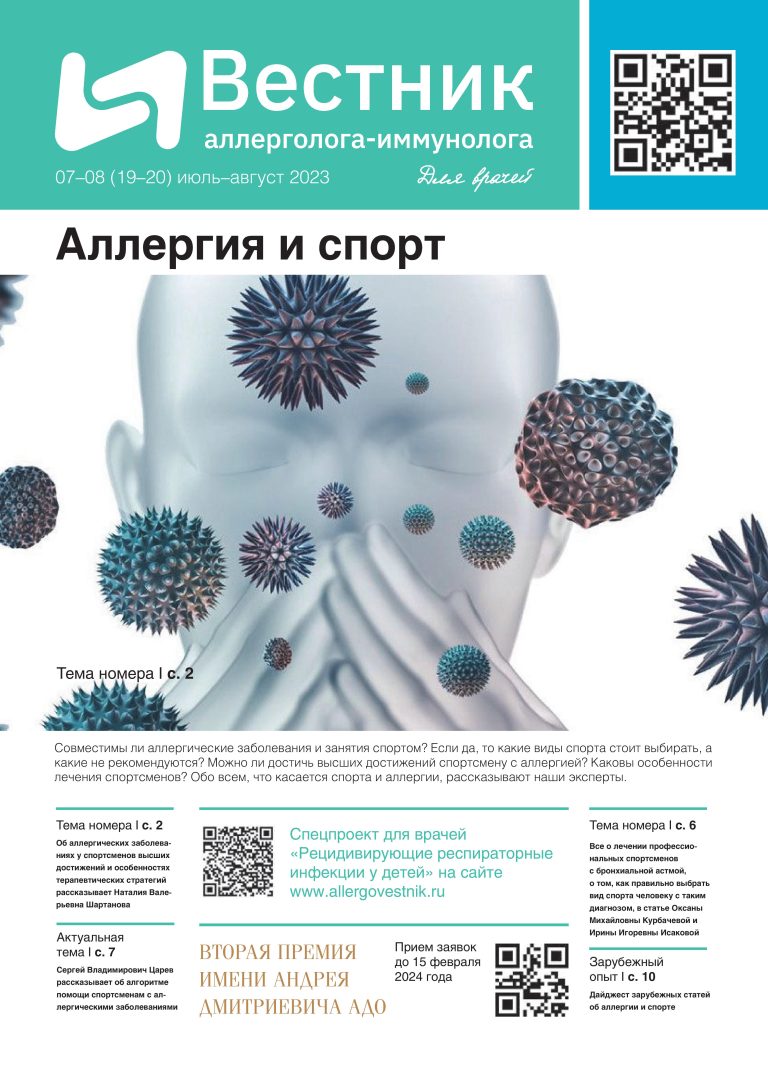 Medtouch
Medtouch In vitro reprogramming of the transformed phenotype of neutrophil granulocyte subpopulations of women with chronic recurrent infectious and inflammatory pathology of the genital tract.
Author: Pikturno Svetlana Nikolaevna1
Co-authors: Nesterova Irina Vadimovna1,2, Kovaleva Svetlana Valentinovna1, Krutova Victoria Aleksandrovna1, Chudilova Galina Anatolyevna1.
1Federal State Budgetary Institution of Higher Professional Education «Kuban State Medical University» of the Ministry of Health of the Russian Federation,
2Federal state autonomous educational institution of higher education «peoples’ friendship university of Russia».
Russia, Krasnodar
Chronic inflammatory diseases of the genital tract (СIDGT) occupy a leading position in the structure of gynecological morbidity, being the most common cause of women’s reproductive health disorders and thereby creating complex medical, socio-economic problems. The fundamental importance in the pathogenesis of СIDGT is assigned to the immune system (IS), on the adequate or defective functioning of which the features of the course and outcome of the disease depend [1]. The tendency to increase the frequency of recurrence of СIDGT indicates the need to study the effector and regulatory mechanisms of the immune system. It is particularly relevant to study the transformation of the receptor apparatus of neutrophil granulocytes (NG) as the main antimicrobial protection cells, with further justification of the possibility of their reprogramming under the action of immunotropic substances in recurrent СIDGT in women [2].
The aim of the study: was to evaluate the effect of the effect of the immunotransptive hexapeptide (GP) – arginyl-alpha-aspartyl-lysyl-valyl-tyrosyl-arginine in the in vitro system on the negatively transformed phenotype of the NG CD11b+CD64-CD32+CD16+ and CD11b+CD64+CD32+CD16+ subpopulations in immunocompromised women during the exacerbation of recurrent СIDGT.
Peripheral blood (PB) NG was tested in 20 conditionally healthy women from 20-40 years old (comparison group), 20 women 20-40 years old during the period of exacerbation of СIDGT (group 1) of the appropriate age. The effect of GP on NG PB in 20 women with СIDGT was evaluated in the in vitro system (group 2). Flow cytometry (CYTOMICS FC 500, USA) was used to determine the amount of NG and the density of membrane expression of receptors of CD11b+CD64-CD32+CD16+NG and CD11b+CD64+CD32+CD16+ NG subpopulations. For statistical processing of the obtained data, Microsoft Exel 2016, StatPlus 2010 software packages and nonparametric tests – the Wilcoxon and Mann-Whitney criteria were used. The results were expressed as median (upper and lower quartile) – Me (Q1;Q3). Statistically significant differences were taken at p<0.05.
In the PB samples of conditionally healthy women in 94.9(93.98;97.40) %, the major subpopulation CD11b+CD64-CD32+CD16+NG is represented, the minor subpopulation CD11b+CD64+CD32+CD16+NG is 1.24(0.29; 5.41)%. At the same time, in the major subpopulation there was a high density of CD16 expression and a low level of CD11b, CD32 expression, and in the minor subpopulation there was a high density of CD64, CD16, CD11b, CD32 expression.
In women during the exacerbation of СIDGT (group 1), the content of the CD11b+CD64-CD32+CD16+NG subpopulation was 93.98(89.84; 95.71)%. , which was no different from the comparison group . At the same time, there was a tendency to decrease the CD16 expression density by 1.3 times to 90.50(79.37;125.50) versus 118.00(108.00;146.25) in the comparison group (p>0.05) against the background of an unchanged density level of CD11b, CD32 receptors. The number of CD11b+CD64+CD32+CD16+NG subpopulation was within the values of conditionally healthy women, and the absence of an increase in this subpopulation indicates a more favorable course of exacerbation of the inflammatory process of bacterial etiology. Nevertheless, there is a more significant re–equipment of the CD11b+CD64+CD32+CD16+NG subpopulation due to a 3–fold increase in the expression level of CD64 — 7.34(6.88;15.35) versus 2.40(2.07;5.06) in the comparison group (p<0.05), 1.9 times CD32 — 11.10(7.27;18.55) against 5.84(4.24;9.34) in the comparison group (p>0.05) and a 1.6–fold decrease in the expression density according to MFI CD16 — 94.8(55.20;126.00) versus 149.00(128.00;157.00) in the comparison group (p<0.05). The data obtained suggest a negatively transformed phenotype of the minor subpopulation of NG, which, apparently, hinders the performance of NG effector functions.
In the in vitro experiment in group 2, under the influence of GP, the number of major and minor subpopulations of NG did not change. However, the modulating nature of phenotypic changes in CD11b+CD64-CD32+CD16+NG and CD11b+CD64+CD32+CD16+NG subpopulations has been established. Thus, in the major-«watchdog» subpopulation of NG, a change in the CD16 expression density was noted, the level of which was restored to the values of the comparison group (p>0.05). In the minor subpopulation CD11b+CD64+CD32+CD16+NG, under the influence of GP, the expression density normalized according to MFI CD16 and the expression density decreased according to MFI CD64 to the level of the comparison group (p1-2>0.05). The density levels of the CD32 and CD11b receptors did not change significantly.
As a result of the studies conducted in women with recurrent СIDGT during the exacerbation period, a negative transformation of the phenotype of the major subpopulation CD11b+CD64-CD32+CD16+ NG and the minor subpopulation CD11b+CD64+CD32+CD16+NG with a decrease in CD16 expression density in both subpopulations and increased CD64 and CD16 expression density in the minor subpopulation NG was established, which it indicates the dysfunction of NG and may be the cause of maintaining a chronic inflammatory process and insufficient effectiveness of etiopathogenetic therapy.
Thus, the positive effects of GP effects in the in vitro system have been demonstrated. The reprogramming of the negatively transformed phenotype of the subpopulations of the major and minor subpopulations of women with СIDGT is shown. The modulating effect of GP was expressed by the positive effect of influences on the CD16 expression density in both major and minor subpopulations of NG. Whereas, in the CD11b+CD64+CD32+CD16+NG subpopulation, the expression level of CD64, a known marker of the severity and severity of the bacterial process [3], initially increased in Group 1, decreased on the effects of GP in the in vitro system in Group 2. The data obtained indicate the ability of GP to reprogram the transformed phenotype of the major and minor subpopulations, which reflects its positive immunomodulatory effect and, in addition, suggest the possibility of using pharmaceuticals created on the basis of the GP substance to create new pathogenetically sound immunotherapy approaches to the treatment of recurrent СIDGT in women.
The study was carried out with the financial support of the RFBR and the administration of the Krasnodar Territory within the framework of the scientific project No. 19-415-230001 r a.
Bibliography.
1. Obukhova O.O., Trunov A.N., Gorbenko O.M., Shvayuk A.P. Cytokines and local chronic inflammation in the formation of infertility in women of fertile age. Siberian Scientific Medical Journal, 2019, Vol.39, no. 6, pp. 77-83]
2. Nesterova, I. V. Targeted immunotherapy for secondary immunodeficiency with infectious syndrome. Russian Immunological Journal, 2019, Vol. 13, no. 4(22) ,pp. 1512-1516.]
3. Hong C.W. Current understanding in neutrophil differentiation and heterogeneity. Immune Netw, 2017, Vol. 17, no 5, pp. 298– 306. DOI: 10.4110/in.2017.17.5.298
Читайте также
Аспекты иммунного статуса при фенотипе бронхиальной астмы...
Автор: Чурюкина Элла Витальевна
ФГБОУ ВО «Ростовский государственный медицинский университет» Минздрава России,
ФГБОУ ВО «Кубанский государственный медицинский университет»
...
Aspects of immune status in the phenotype of bronchial...
Author: Churyukina Ella Vitalievna
Federal State Budgetary Educational Institution of Higher Education "Rostov State Medical University",
Federal State Budgetary Educational...









Комментарии (0)